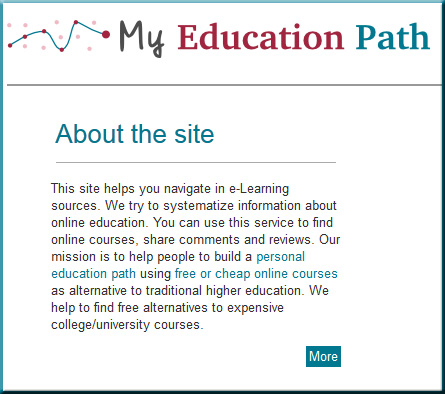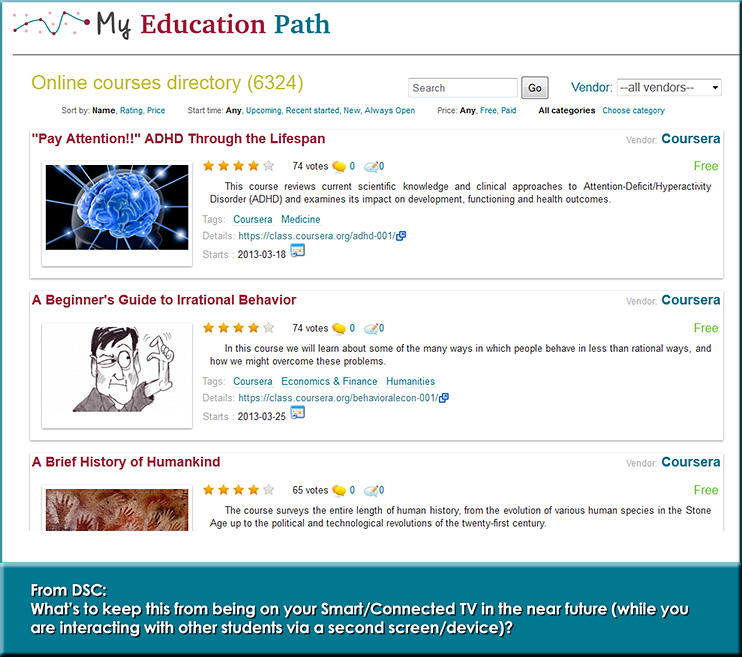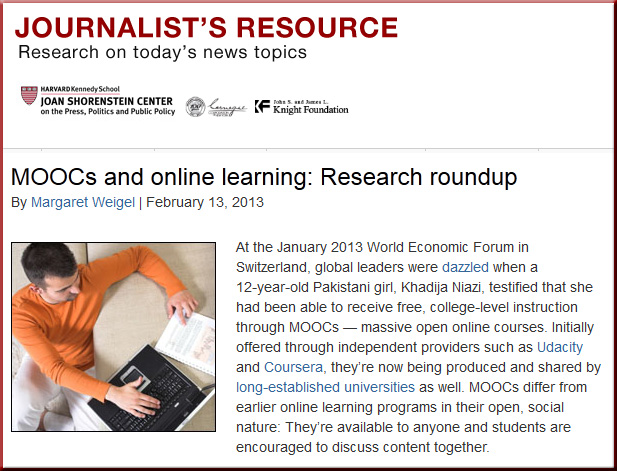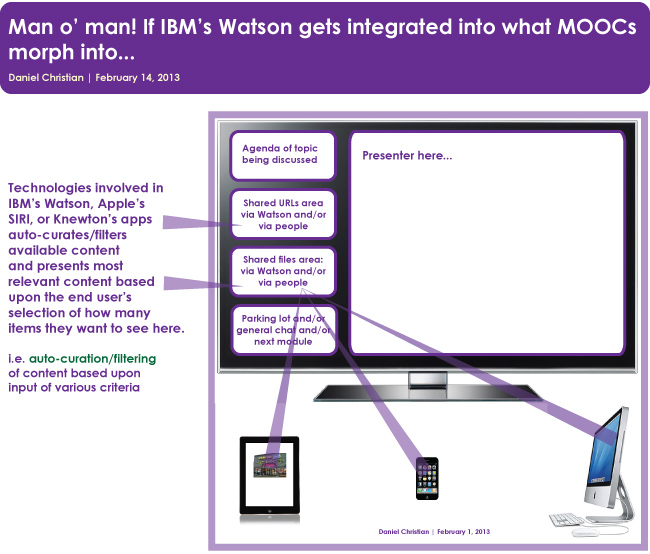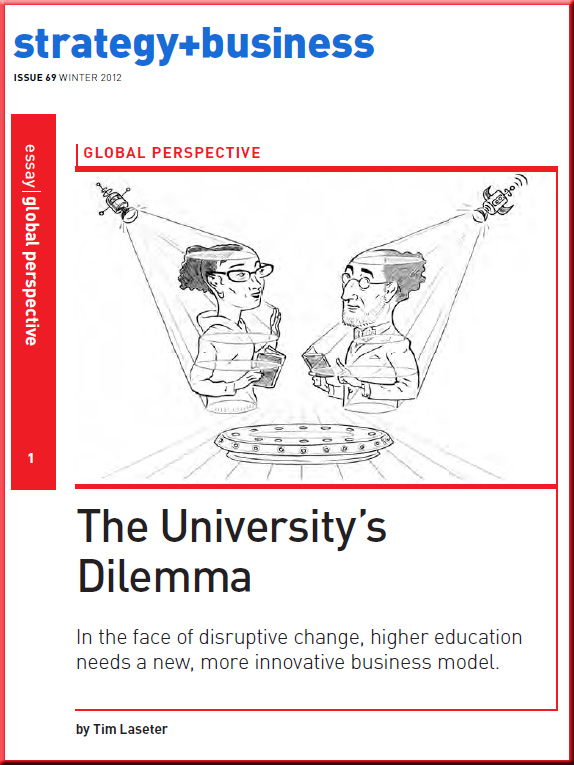From DSC:
While I think MOOCs have a ways to go, I continue to support them because they are forcing higher ed to innovate and experiment more. But the conversation continues to move away from traditional higher ed, as the changes — especially the prices — aren’t changing fast enough.
Besides President Obama’s repeated promptings for higher to respond and to become more cost effective — as well as his mentioning that the U.S. Government will be pursuing new methods of accreditation if the current institutions of higher ed don’t respond more significantly — here is yet another example of the conversation moving away from traditional higher ed.
I wonder…
How small/large is the window of time before traditional higher ed is moved into the “Have you driven a Ford lately?” mode…? It seems that it’s much harder to get customers to come back once they’ve lost their trust/patience/belief/support/etc. in an organization or institution. As Ford has shown, it can be done, but my point is that there is danger in the status quo and broken business relationships can take a long time to heal — while opening up opportunities for others to step in (such as Toyota, Honda, and others in the case of the automotive industry).
Again, we see whether in higher ed, K-12, or in the corporate world, the key thing is to learn how to build one’s own learning ecosystem.
With thanks to Stephen Downes for mentioning the item below in his presentation here.
Other examples of the conversation moving away from traditional higher ed:
- Educating the Future: The End of Mediocrity –by Rob Bencini
Students facing uncertain future opportunities (but very certain debt loads) may increasingly turn away from private colleges and universities that offer little more than a diploma. Instead, they’ll seek more-affordable alternatives for higher education, both real and virtual.
- The Half-Life of a College Education — from futuristspeaker.com by Thomas Frey
Excerpt:
6.) Expanding number of long tails courses – In much the same way “hit” television shows attract millions of viewers while niche TV shows are proliferating, far more niche courses will be developed as traditional college gatekeepers get circumvented.









